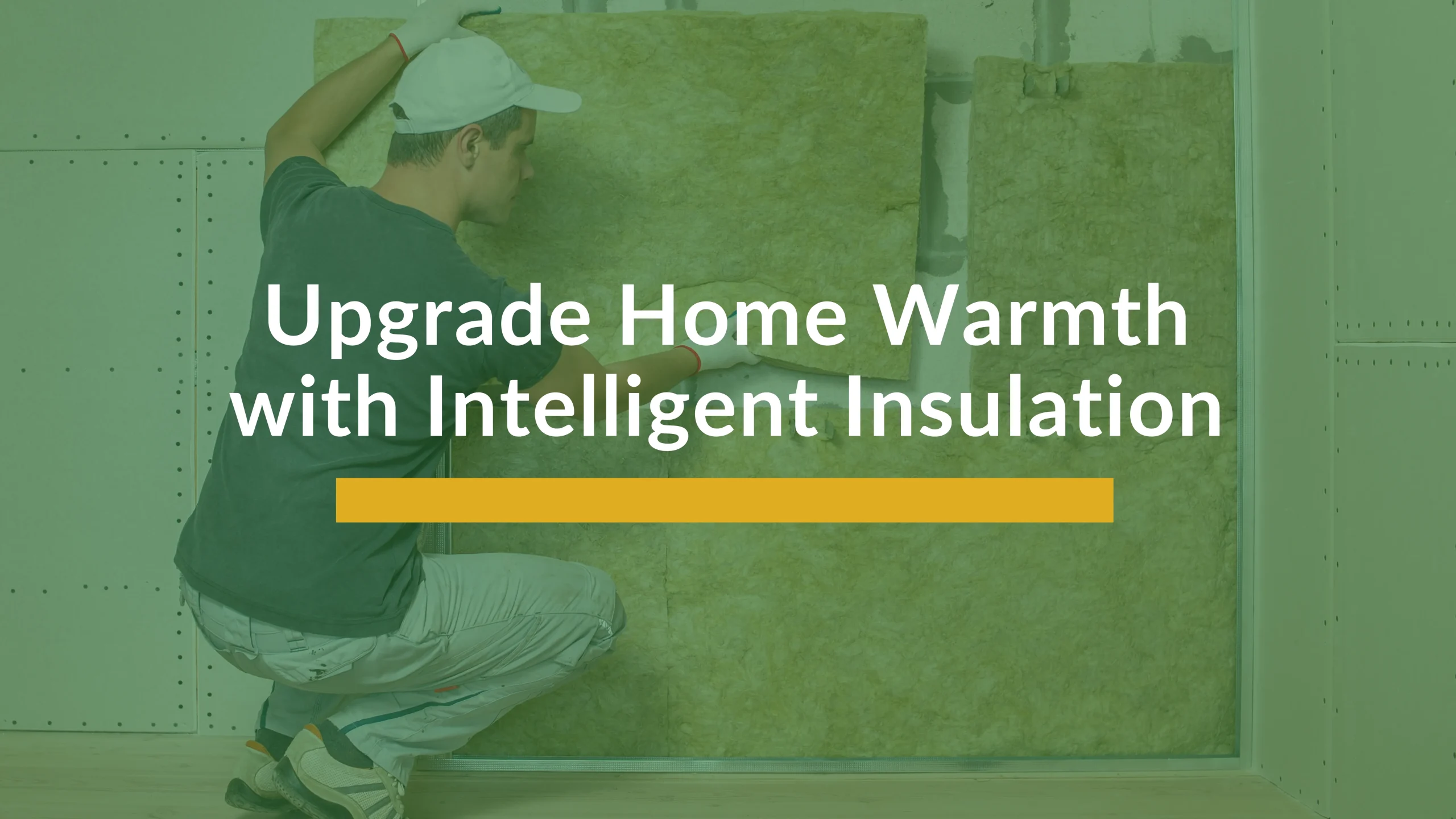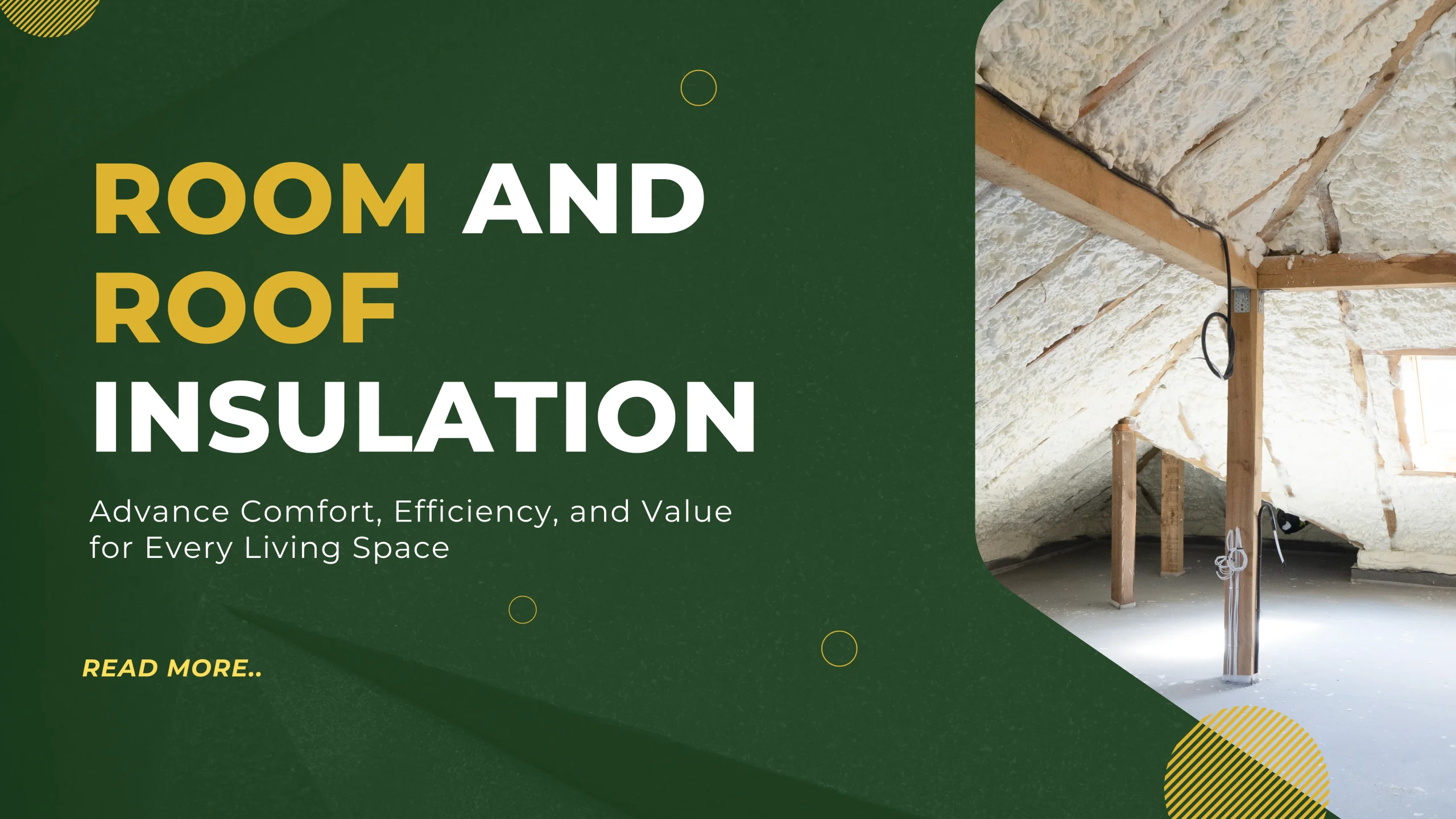Loose-fill insulation is a standout solution to make your home energy-saving, relaxed, and green. This excellent insulating material improves the thermal performance of your home and lowers energy costs, making it a more sustainable living arrangement. Well, you came to the right place if you want to step up home insulation or find out how good insulating could be.

Complete Loose Fill Insulation
What Is Loose Fill Insulation?
Loose fill insulation is an insulating material of small, lightweight particles. When blown or poured into walls, attics, or other spaces to create a thermal insulation barrier, loose fill insulation is flexible and can be blown into small or irregular spaces, filling basements and places rigid insulation materials cannot reach.
It is usually made of
Cellulose: This type of insulation is recycled paper products treated for fire and pest resistance.
Fiberglass: Constructed with tiny glass fragments, most effective for insulation properties.
Mineral Wool- Made of natural rock or recycled slag good for soundproofing and fire protection
Its versatility and functionality made it a practical choice for many homeowners searching for innovative solutions to making their homes more energy efficient.
How Loose Fill Insulation Works
Insulation Loose fill insulates by limiting the heat that moves in or out of your house through your walls. If installed properly, this will create a barrier preventing air from escaping and keeping your indoor temperature stable. This keeps your home warmer in winter and cooler in summer, thus reducing your power bills.
This makes it ideal for upgrading insulation in older homes, where traditional insulating materials are less effective due to their small size or odd shape.
Benefits of Loose Fill Insulation
Why is loose-fill insulation such a good choice? The benefits that distinguish DAIC-HD include :
Energy Efficiency
Insulating your home is vital to reduce overall energy consumption. Loose fill is high coverage, meaning it fills all the areas, so there are no escape hatches for your precious warm or cool air.
Eco-Friendly Solution
If sustainability is a priority, loose fill insulation particularly cellulose does the trick. It is usually manufactured using 75-85% post-consumer recycled content, resulting in a more eco-friendly insulated method.
Cost-Effective Installation
Installing loose fill is also cheaper than installing other types of insulation. It is beneficial for retrofits and repairs when little construction is warranted.
Custom Fit for Any Space
Because loose fill can easily conform to awkward nooks and crannies, you can be sure your home is well-insulated.
Improved Home Comfort
Loosens fill insulation: By performing a perfect job reducing drafts and cold in the winter, loose fill creates an even, comfortable living space: all of those annoying cold spots you had have become a thing of the past.
For professional installation of materials, consider contacting a nearby home insulation expert who can evaluate your requirements and advise you on the best choices.
Best Places To Add Loose Fill Insulation in Your Home
Where is Loose Fill Insulation Allowed? Here are some common ways it can be used to best effect.
Lofts: Loose fill is frequently the best choice for planting styles, which makes a steady level of insurance and plugs holes around bars or wires.
Walls are good for existing houses that can provide nooks and crannies to fill without tearing down the walls.
Crawl Spaces: Being lightweight and readily available, it is perfect to secure those hard-to-reach zones.
Ceilings: Help stop heat transfer, especially with an elevated ceiling.
If you are unsure how or where to begin, look at home insulation services near me for an estimate on your property.
How Loose Fill Insulation Is Installed
Loose fill insulation installation is a simple process, but should be taken care of for optimal results. Here’s how it’s done:
Preparation and Inspection
If needed, the insulation area is cleaned, and all spots are checked for air leaks when you install it, caulk or foam any gaps and cracks already present.
Blowing or Pouring the Insulation
They use special equipment to blow the particles around those spaces, which helps keep all of them uniform. This way, the entire surface is covered and nothing falls through the cracks.
Leveling and Final Adjustments
The mix is blown and leveled to create an even distribution of material.
You can DIY it, but aren’t you ready for that yet? An insulation company in Calgary can do it quickly and safely, as the professional experts know how to install loose-fill insulation.
Loose Fill Insulation Types
Material choice is critical and will likely depend on factors like R-value, cost, and even the specific needs of your home. The following is a brief synopsis of the most common types of home insulation materials.
Cellulose
The product is excellent for the environment and is heat-insulated and soundproofed.
Fiberglass
Fiberglass is one of the most affordable options used in attics and walls.
Mineral Wool
Ideal for noise insulation and fire extinguishing, especially in high-rise buildings
Before making the possible change, talk to some pros and see which type of home insulation is recommended for your area!
Key Takeaways
Loose fill insulation is the ideal home upgrade if you aim for better comfort and energy efficiency, while being kind to the environment. This versatility, cost-effectiveness, and ecologically-friendly building material make it a frontrunner for modern homes.
Get loose fill insulation, get it done in your home today, and feel the difference. Home insulation services near me. Get in touch today to become part of how you transition into owning an efficiently insulated home by selecting the best home insulation services near me.
FAQs
What Is Loose-Fill Insulation And How Does It Work?
Loose fill insulation- this type of energy is also known to be among the best home insulations and contains small particles that can finally create a thermal obstruction through the heat barrier. It prevents heat loss by sealing gaps, thus ensuring your house remains comfortable during any season.
When to Use Loose Fill Insulation
It is perfect for attics, walls, and crawl spaces. This is especially useful for “loose fill loft insulation” as it fills the corners better because it goes with shapes, offering wider cover.
Do you install loose fill insulation yourself, or need to get a professional in?
DIY insulation installation is an option, but having a professional work on it increases the chances for correct application and makes it more efficient. Specialized equipment allows professionals to distribute the material evenly and without waste.
So, you might be wondering how to find out if your home needs Loose Fill Insulation?
Those things coupled are a sign you should consult home insulation services near me to evaluate your house and find the proper remedy for all these problems.
Loose Fill: What is loose fill insulation made of?
On the other hand, loose fill insulation comes from environmentally friendly cellulose, strong fiberglass, or soundproofing mineral wool. Different types of home insulation provide various benefits for homeowners, and every material is unique.
Can loose fill insulation be used to retrofit older homes?
Yes, it’s perfect for retrofits. Loose fill is an excellent for filling small gaps and irregular spaces in older homes without major construction work.
Why should you choose loose-fill insulation?
It increases energy efficiency, lowers utility bills, and fits even in hard-to-reach places. If you would like options on insulation types of home insulation, please inquire!






